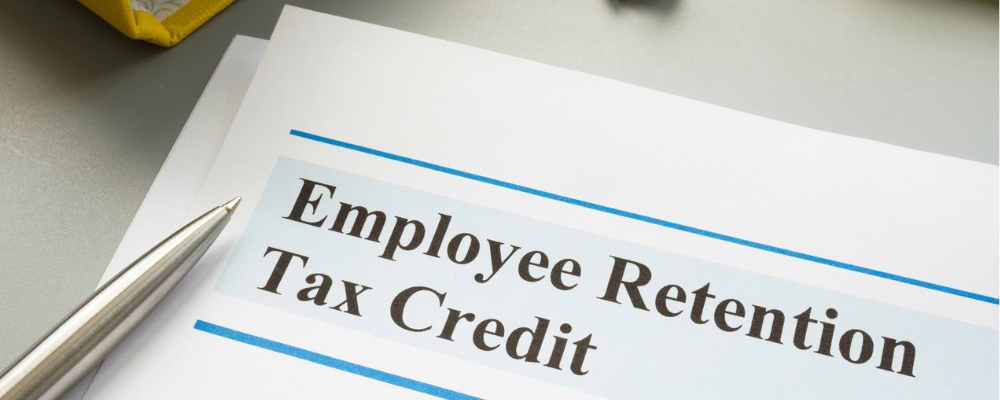By Bo Garner, CPA, MBA
The Employee Retention Credit (ERC) was one of most valuable tax incentives from COVID. Encouraging employers to keep staff on the payroll, it ran from March 13, 2020 to September 30, 2021 for most employers, including tax-exempt organizations. Nonprofits can still claim ERC by amending quarterly payroll returns, though because ERC fraud investigations are a high-profile agenda item for the IRS, organizations will need to meet strict eligibility rules and documentation requirements.
Employee Retention Credit Rules in 2020
Originally enacted through the CARES Act, the first iteration of the ERC applied to payroll periods between March 12 and December 31, 2020.
- Qualifying wages up to $10,000 per employee
- 50 percent credit (Total employer benefit of up to $5,000 per employee)
- Full or partial shutdown due to COVID-19 or experienced at least a 50 percent decline in gross receipts
- Can be claimed on a quarterly basis but per-employee wage limits apply for the whole year
Different eligibility rules applied to large employers, who were considered to have had 100 or more full time equivalents (FTE). Organizations can claim the ERC in the same period as Paycheck Protection Program (PPP)
The biggest limitation initially was that ERC could not be claimed in any quarter that an organization also used PPP funds, nor could it be used for any employee already claimed under the Work Opportunity Tax Credit. Retroactively, ERC can be claimed at the same time an organization used PPP funds or paid family sick leave credits under the Families First Coronavirus Relief Act (FFCRA).
To qualify, an organization must meet either the gross receipts test or the government orders test. This means the organization needs to prove a decline of at least 50 percent in gross receipts from the same period in 2019 or if operations were fully or partially suspended due to government order.
Gross receipts include contributions, grants, and gifts.
Employee Retention Credit Rules in 2021
The ERC was expanded for most of 2021 and available from January 1, 2021 through September 30, 2021. Key differences were:
- Qualifying wages up to $10,000 per employee – per quarter
- 70 percent credit (Total potential employer benefit of up to $21,000 per employee)
- Full or partial shutdown due to COVID-19 or experienced at least a 20 percent decline in gross receipts compared to the same period in 2019
- The large employer threshold was expanded to 500 FTEs instead of 100
ERC can still be retroactively claimed on a quarterly basis for 2021. Only Qualified Startup Businesses – those that began operations during COVID – qualified for the ERC in the fourth quarter.
Other Rules and Definitions
Definitions surrounding eligibility related to government shutdown orders can easily trip up organizations. Common examples are below.
“An essential employer may qualify for the ERC if it has a partial suspension of operations that is more than a nominal portion of its business and due to a government order.” For ERC purposes, nominal means at least ten percent.
Also:
“Employers that are able to continue comparable operations even though they were subject to government orders, are not considered to be fully or partially suspended by government orders.” Factors to consider include whether remote work was an option, how much work could be completed remotely, the physical work space, and transition time to become operational on a remote work model. Transitions longer than two weeks are considered to be significant.
Modifications that have more than a nominal impact on the business can be considered in meeting the shutdown requirement. Appointment-only when walk-ins were previously available, limited building occupancy, restrictions on services and programs are common examples. For nonprofits, a full or partial suspension qualification could mean losing the ability to hold in-person fundraisers because of government bans on mass gatherings.
Deadline to Claim ERC
If a previous ERC claim was not filed before and the nonprofit is eligible for that quarter, the deadlines to file retroactively are:
- April 15, 2024 for 2020 claims
- April 15, 2025 for 2021 claims
Documentation related to ERC claims must be kept for at least four years after the claim is submitted. Other nonprofit documentation guidelines are listed here.
Are you unsure whether your nonprofit qualifies for the employee retention tax credit? Contact PBMares Partner and Not-for-Profit Team Leader Bo Garner, CPA, MBA.





